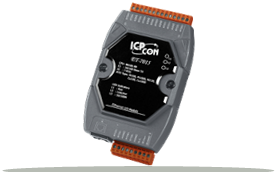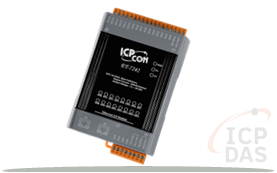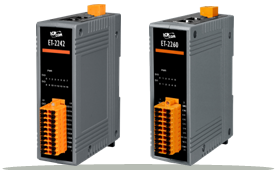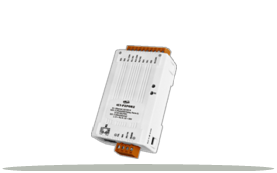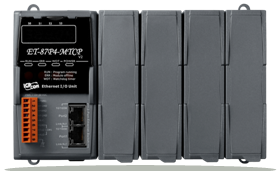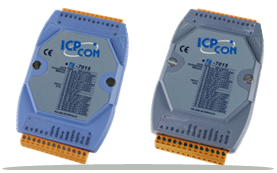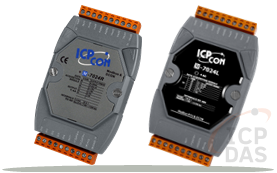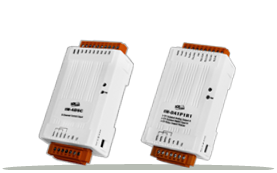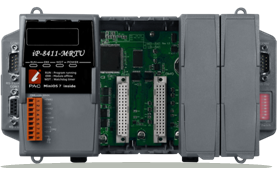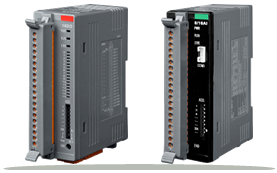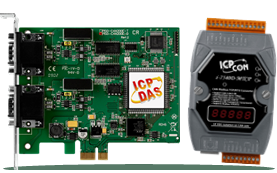XP-8000-WES7 Introduction
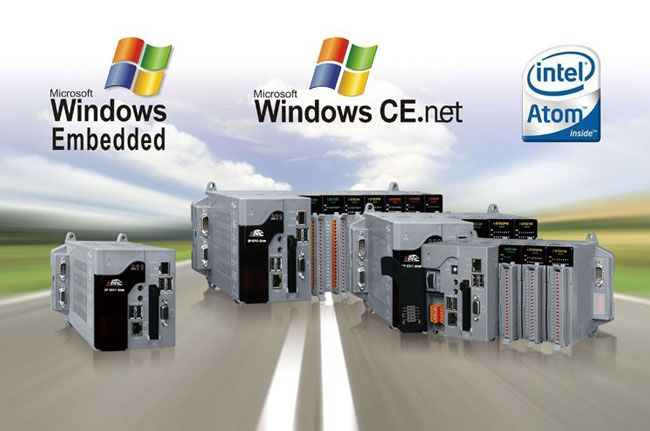
The XP-8000-WES7 series are WES7 based PACs that combine computing, I/O, and operator interface into a single unit, and provide the perfect solution for integrating HMI, data acquisition and control in an individual PAC. It is equipped with a x86 (1 GHz, dual-core) CPU, 0/1/3/7 I/O expansion slot(s) and a variety of connectives including dual Gigabit Ethernet, VGA, USB port, RS-232 and RS-485 interface. Local I/O slots are available to use our I-8K and I-87K series I/O modules and remote I/O expansions are available to use our Ethernet I/O modules and RS-485 I/O modules.
Since WES7 has the same Win32 API as Windows 7, most popular applications on desktop can run on WES7 based Panel PC.
Software Features
WES7 Embedded OS
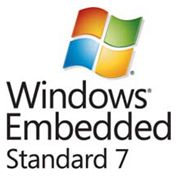
- Full Win32 API
- Remote Desktop Protocol 5.1
- Silverlight 5
- Enhanced Write Filter
- .NET Framework 3.5 SP1, 4.0, 4.5
- Language support : English, French, German, Italian, Japanese, Korea, Russian, Portuguese, Spanish, Simplified Chinese, Traditional Chinese
Hardware Features
Built-in VGA Port
A built-in VGA port can be directly connected to a regular LCD display. Users can operate the HMI or SCADA software (running on the XP-9000-WES7) with display, keyboard and mouse just as howthey usually did on regular PCs.
64-bit Hardware Serial Number
The 64-bit hardware serial number is unique and individual. Every serial number of XP-9000-WES7 PAC is different. Users can add a checking mechanism to their AP to prevent software from pirating.
Rich I/O Expansion Ability (RS-232/485, Ethernet, FRnet, CAN)
Besides the local I/O slots, XP-8000-CE6 also equips several RS232/485 ports, two Ethernet ports to connect serial I/O and Ethernet I/O. And with FRnet and CAN communication module in local slot, FRnet I/O and CAN devices are easy to be integrated.
_EN.jpg)
Built-in Flash Disk
In normal situation, users can store their AP or data to the CF card or USB Flash disk. But in some vibration environment (for example, like driving ships, trains), the two storage media would be bad connection. Then the built-in Flash disk will be the best storage media in such the vibration environment.
Dual Watchdog Timer
A system could be hanged up when the OS or the AP fails. There are two watchdogs (OS watchdog and AP watchdog) designed to automatically reset the CPU when the situations happen. The design will increase the reliability of the system.
Non-volatile Memory (512 KB)
To retain important data while power off, non-volatile memory is the ideal design. The PAC is equipped with a 512 KB Non-volatile Memory.
Dual Ethernet Ports
The PAC provides two Ethernet ports. The two Ethernet ports can be used to implement redundant Ethernet communication and separate Ethernet communication (one for global Internet, one for private Ethernet).
Redundant Power Inputs
To prevent the PAC from failing by the power loss, the power module is designed with two input connectors. Once a power input fails, the power module switches to the other power input. And there is a relay output for informing the power failure.
Fanless Design with Wide Operating Temperature Range
The PAC is housed in a plastic-based box with a column-like ventilator that can help to cool the working environment inside the box and allow the PAC to operate between -25°C to +75°C.
|
|
|||||||||
|
Standard XP-8000-WES7 (Windows Embedded Standard 7 Inside)
The controller supports following software development tools: 1. DLLs of I/O modules for VS.NET 2005/2008 2. OPC server for SCADA software |
|||||||||
| Model | CPU | System Memory | Non-Volatile Memory | Storage | VGA Resolution |
Ethernet Port |
USB Port | RS-232/ RS-485 |
I/O Slot |
|---|---|---|---|---|---|---|---|---|---|
| XP-8031-WES7 | x86 CPU, 1 GHZ, dual-core |
2GB DDR3 SDRAM | 512 KB MRAM, 16 KB EEPROM | 32 GB Flash, 16 GB CF card |
1920 x 1080, 1024 x 768, 800 x 600 , 640 x 480
|
2 | 4 | 4 | - |
| XP-8131-WES7 | 3 | 1 | |||||||
| XP-8331-WES7 | 3 | ||||||||
| XP-8731-WES7 | 7 | ||||||||
There are two types of I/O communication bus, parallel bus and serial bus. The parallel bus type I/O modules (high profile I-8K series) are high speed ones used only in the PACs including XPAC, WinPAC, iPAC, ViewPAC, etc. And the serial bus type I/O modules (high profile I-87K series) are low speed ones used in both PACs including XPAC, WinPAC, iPAC, ViewPAC, etc., and I/O expansion units including RU87Pn, ET-87Pn, USB-87Pn, etc.

The differences between the two series are listed as follows:
| Model | I-8K Series | I-87K Series |
|---|---|---|
| Communication Interface | Parallel Bus | Serial Bus |
| Protocol | - | DCON |
| Communication Speed | Fast | Slow |
| DI with Latched Function | - | Y |
| DI with Counter Input | - | Y (100 Hz) |
| Power on Value | Y | Y |
| Safe Value | Y | Y |
| Programmable Slew-Rate for AO Module | - | Y |
For more information, please go to the following web page.
I-8K/I-87K Series I/O Modules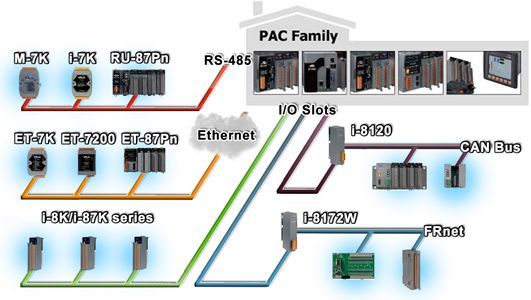
Remote I/O Selection
Ethernet
The available Ethernet I/O devices are ET-7000, ET-7200, ET-87P4/8-MTCP and I-8KE4/8-MTCP. The PAC can access them in Modbus/TCP protocol. A nModbus.dll is provided for C#, VB.net programming.
RS-485
The PACs are equipped with the RS485 COM ports which enable the transmission rate up to a maximum of 115.2 Kbps. The medium for connection is a twisted-pair, multi-drop, 2-wire RS-485 network that can link I-7000, M-7000, RU-87Pn with high profile I-87K modules. To access M-7000, a nModbus.dll is provided for C#, VB.net programming. To access I-7000 and RU-87Pn with high profile I-87K modules, PACSDK is provided for C#, VB.net, VC and VB programming.
FRnet
FRnet is an innovative industrial field bus that has many special features, such as high-speed deterministic I/O control, real I/O synchronization capabilities, non-protocol communication, and easy programming. With a FRnet communication module (I-8172W), the PAC can link FRnet I/O modules to implement high-speed distributed I/O (FR-2000 series). To access I-8172W, a pac_i8172w.dll is provided for C#, VB.net, VC and VB programming.
CAN Bus
The Controller Area Network (CAN) is a serial communication way, which efficiently supports distributed real-time control with a very high level of security. It provides the error-processing mechanisms and concepts of message priority. These features can improve the network reliability and transmission efficiency. Furthermore, CAN supplies the multi-master capabilities, and is especially suited for networking“intelligent” devices as well as sensors and actuators within a system or a sub-system. With I-8123, I-8124, I-87120, the PAC is able to demonstrate every feature of CAN, CANopen, and DeviceNet.

